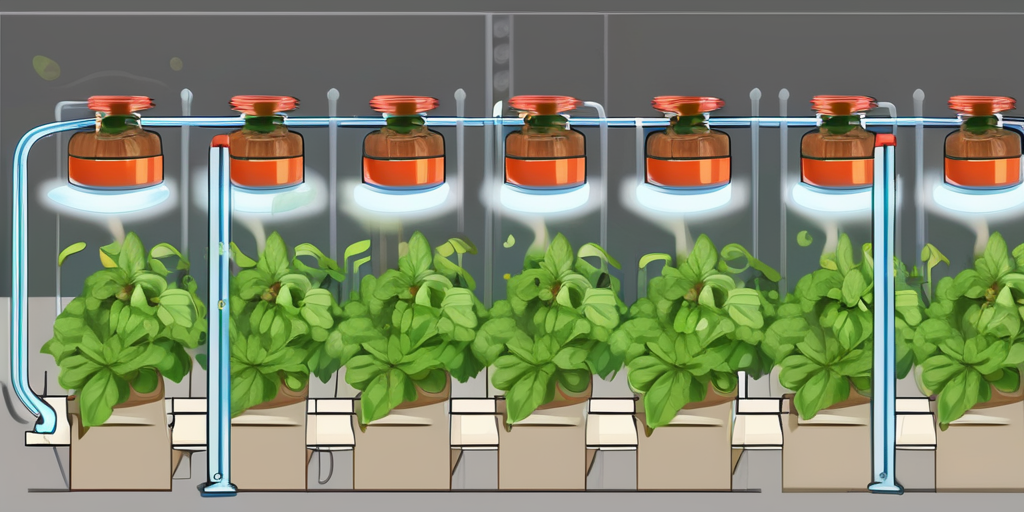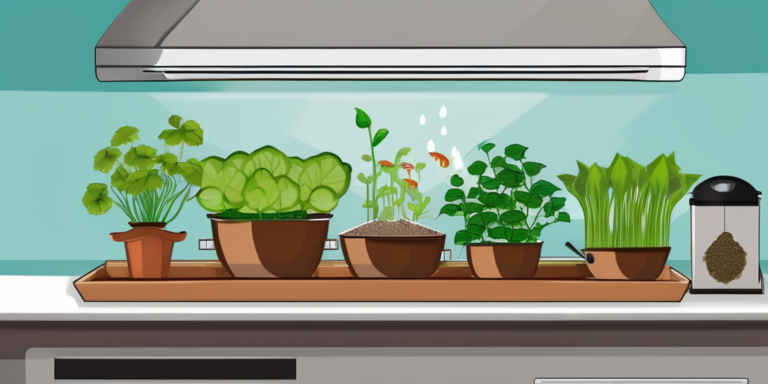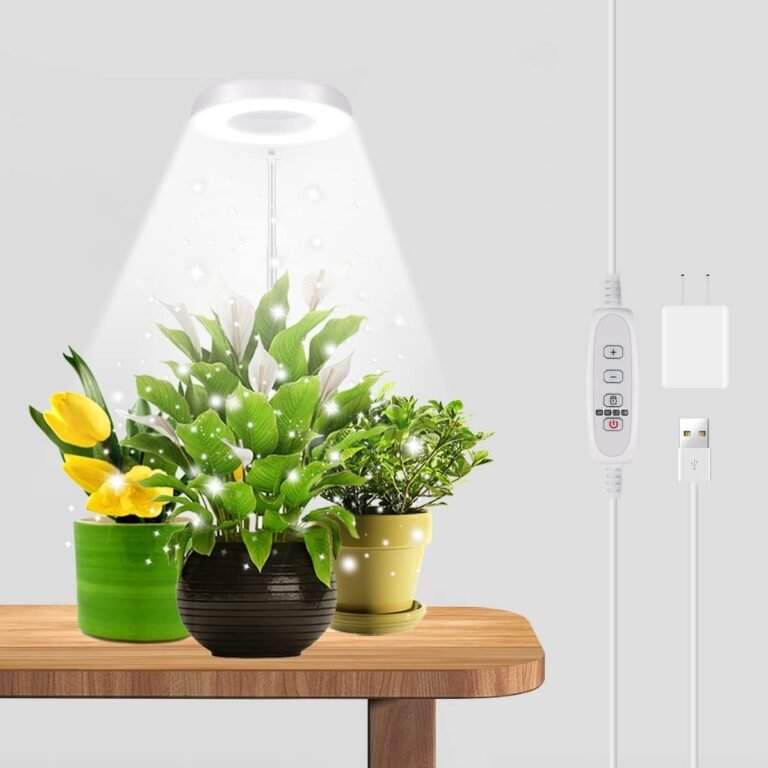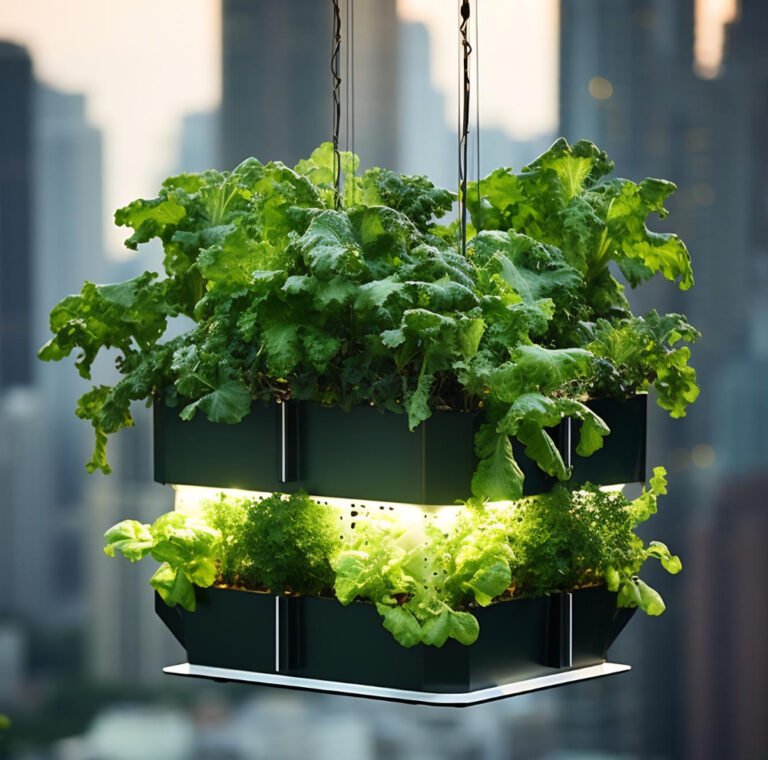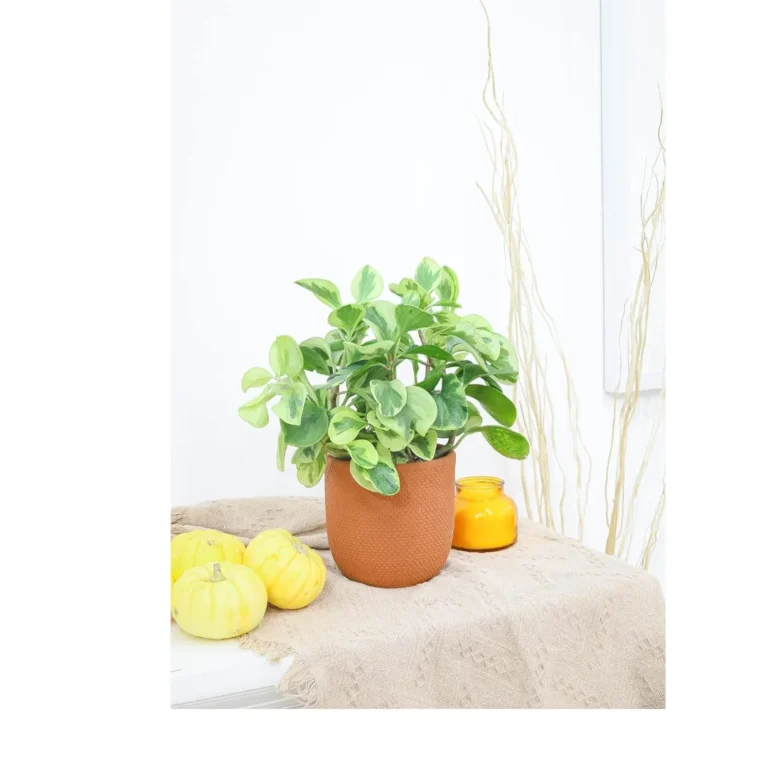Overview
What is hydroponics?
Hydroponics is a method of growing plants without soil. Instead, plants are grown in a nutrient-rich water solution that provides all the necessary nutrients for their growth. This technique has gained popularity due to its numerous advantages. Properly executed hydroponic systems can yield higher crop yields and faster growth compared to traditional soil-based methods. Additionally, hydroponics allows for more precise control over the growing environment, including temperature, humidity, and nutrient levels. However, it is important to consider the pros and cons of growing plants hydroponically before deciding to build your own system.
Advantages of hydroponics
Hydroponics offers several advantages over traditional soil-based gardening. One of the main benefits is the ability to grow plants in a controlled environment, which allows for optimal growth and higher yields. Additionally, hydroponic systems use less water compared to traditional gardening methods, making them more environmentally friendly. Another advantage is the ability to grow plants all year round, regardless of the season or climate. This is especially beneficial for those who live in areas with harsh winters or limited outdoor space. By building your own hydroponic system, you can save money and have the satisfaction of knowing exactly what goes into your plants. With the right setup, you can easily grow a wide variety of plants, from leafy greens to herbs and even fruits. Plus, it’s a great way to learn about sustainable gardening practices and reduce your carbon footprint. So, why not give it a try and see the amazing results for yourself? You’ll be amazed at how simple and affordable it can be to build your own hydroponic system.
Why build your own system?
Building your own hydroponic system can be a rewarding and cost-effective way to grow your own fresh produce. Not only does it allow you to have control over the entire growing process, but it also gives you the opportunity to experiment with different setups and techniques. By building your own system, you can save money on buying produce from the grocery store and enjoy the satisfaction of eating homegrown vegetables. Additionally, you can contribute to a more sustainable future by reducing food waste and minimizing the carbon footprint associated with transportation. With a DIY hydroponic system, you can have access to fresh, healthy vegetables all year round, regardless of the weather conditions outside. So why not give it a try and embark on your own hydroponic gardening adventure?
Choosing the Right Setup

Understanding different hydroponic systems
When it comes to understanding different hydroponic systems, it’s important to consider the needs of your plants and the space you have available. There are various types of hydroponic systems to choose from, each with its own advantages and disadvantages. Some popular options include deep water culture, drip irrigation, and nutrient film technique. Deep water culture is a simple and cost-effective system that involves suspending the plant roots in a nutrient-rich water solution. Drip irrigation, on the other hand, delivers a controlled amount of nutrient solution directly to the plant roots using a network of tubes. Nutrient film technique is a system where a thin film of nutrient solution flows over the roots, providing them with the necessary nutrients. Depending on the types of plants you want to grow, certain systems may be more suitable than others. Researching and understanding the different hydroponic systems will help you choose the right setup for your needs.
Factors to consider when selecting a setup
When selecting a setup for your DIY hydroponic system, there are several factors to consider. First, think about the available space you have and how much produce you want to grow. You’ll also want to consider your budget and the level of maintenance you’re willing to commit to. Additionally, think about the type of plants you want to grow and the specific requirements they have. Charlotte-Mecklenburg School Board election Lastly, consider the type of hydroponic system that best suits your needs, whether it’s a nutrient film technique (NFT) system, a deep water culture (DWC) system, or an ebb and flow system. By taking all these factors into account, you can choose the right setup that will allow you to grow your own fresh and nutritious produce at home.
Budget-friendly options
When it comes to choosing a hydroponic setup that fits your budget, there are several budget-friendly options to consider. One popular option is the Chopping system, which is known for its simplicity and affordability. This system utilizes a basic setup with a nutrient solution reservoir and individual pots or channels for the plants. Another option is the Drip system, which uses a timer to deliver nutrient solution to the plants through drip emitters. This system is relatively inexpensive and easy to set up. Lastly, the Ebb and Flow system is a cost-effective choice that uses a flood and drain method to deliver nutrients to the plants. With these budget-friendly options, you can start your DIY hydroponic journey without breaking the bank.
Building Your Hydroponic System

Gathering the necessary materials
Now that you have a clear idea of the hydroponic system you want to build, it’s time to gather all the necessary materials. Here’s a handy checklist to make sure you have everything you need:
| Item | Quantity |
|---|---|
| Grow trays | 1 |
| Nutrient solution | 1 bottle |
| Growing medium | enough for all the plants |
| pH testing kit | 1 |
| Water pump | 1 |
| Air pump | 1 |
| Air stones | 2 |
Make sure to choose a budget-friendly option for each item to keep your expenses low. Remember, one of the advantages of DIY hydroponics is that it allows you to save money while still enjoying the benefits of growing your own fresh produce. So, gather your materials and get ready to embark on this exciting journey of building your own hydroponic system!
Step-by-step guide to assembling your system
Now that you have gathered all the necessary materials, it’s time to start assembling your hydroponic system. Follow this step-by-step guide to ensure a smooth setup process:
- Prepare the reservoir: Clean the reservoir and fill it with water, making sure to add the appropriate nutrients.
- Install the grow tray: Place the grow tray on top of the reservoir, ensuring it is level and secure.
- Connect the pump: Attach the pump to the tubing and place it in the reservoir.
- Set up the irrigation system: Connect the irrigation system to the pump and position the drip emitters over the plants.
- Test the system: Turn on the pump and check for any leaks or issues.
Remember, patience is key when building your hydroponic system. Don’t be afraid to troubleshoot and make adjustments along the way. Happy growing!
Tips for troubleshooting common issues
If you encounter any problems with your hydroponic system, don’t worry! Here are some tips to help you troubleshoot and find solutions:
- Problem: Nutrient deficiency
- Solution: Check the nutrient levels and adjust accordingly. You may need to add more nutrients or adjust the pH level.
- Problem: Root rot
- Solution: Ensure proper oxygenation by adding an air stone or increasing the airflow. Also, check for any signs of overwatering.
- Problem: Pest infestation
- Solution: Identify the pests and use appropriate pest control methods. You can try using organic insecticides or introducing beneficial insects.
Remember, observation is key! Regularly monitor your plants for any signs of distress and take action promptly. With a little patience and troubleshooting, you’ll be able to maintain a healthy and thriving hydroponic system.
Conclusion

Enjoy the benefits of your DIY hydroponic system
Once you have successfully built your own hydroponic system, you can start enjoying the numerous benefits it offers. With hydroponics, you have complete control over the nutrient levels, pH balance, and water quality, ensuring optimal growth for your plants. Frequently asked questions about hydroponic gardening can be easily answered as you gain experience with your system. You will also save water compared to traditional gardening methods, as hydroponics uses up to 90% less water. Additionally, you will have the satisfaction of growing your own fresh and healthy produce right at home. So sit back, relax, and watch your plants thrive in this innovative and rewarding gardening technique!
Experiment and improve your setup
Once you have set up your DIY hydroponic system, the fun doesn’t stop there! Experimenting and improving your setup is an ongoing process that allows you to optimize your plants’ growth and maximize your yields. One exciting option to consider is incorporating 3D printed hydroponics components into your system. These components can be custom-designed to fit your specific needs and can help enhance the efficiency and functionality of your setup. Whether it’s creating specialized plant holders or intricate irrigation systems, 3D printed hydroponics opens up a world of possibilities for innovation. So don’t be afraid to think outside the box and explore new ways to take your hydroponic gardening to the next level!
Share your success with others
Once you have successfully built and enjoyed the benefits of your DIY hydroponic system, it’s time to share your success with others. By sharing your experiences and knowledge, you can inspire and help others who are interested in hydroponics. One great way to do this is by joining online hydroponics communities or forums where you can connect with like-minded individuals. You can also consider starting your own blog or YouTube channel to document your journey and share valuable tips and tricks. Additionally, participating in local gardening events or workshops is a fantastic way to meet fellow hydroponics enthusiasts and exchange ideas. Remember, the growing plant community is always eager to learn from each other and support one another in their ponics endeavors.
In conclusion, Grow Plant Ponics is your go-to resource for all things related to hydroponics and aquaponics. Whether you’re a beginner looking to start your own indoor garden or an experienced gardener looking to expand your knowledge, we have the information and products you need. Our website offers a wide range of articles, guides, and product recommendations to help you succeed in your gardening journey. Visit us today and discover the endless possibilities of growing plants using innovative and sustainable methods. Don’t miss out on the opportunity to join our growing community of plant enthusiasts. Check out our favorites and recommended products from popular *ponics brands. Start your hydroponic or aquaponic adventure with Grow Plant Ponics now!

